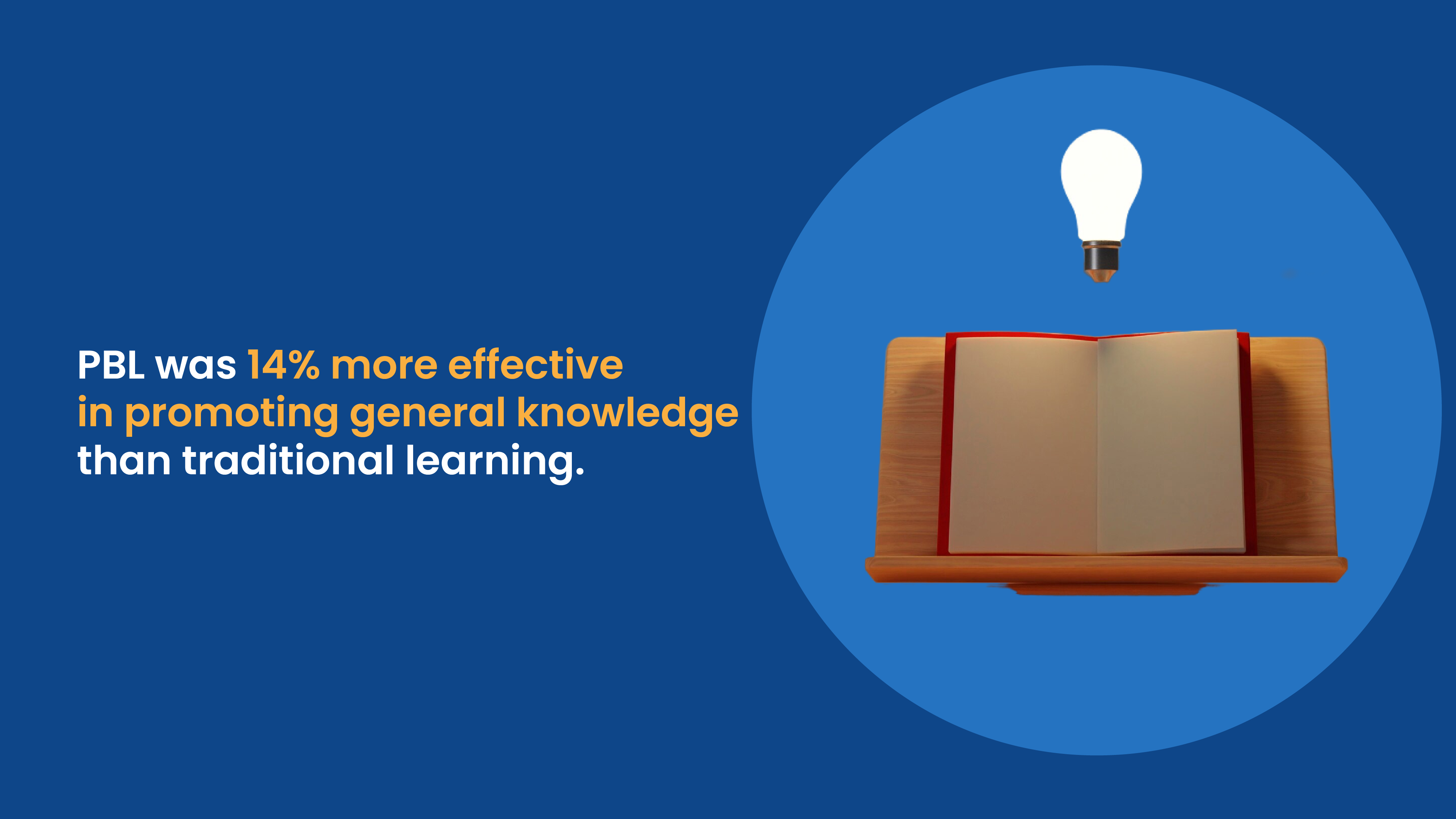Have you ever wondered why some businesses thrive and soar like eagles in the marketplace, while others struggle to stay afloat in the sea of competition? What’s their secret to not just attracting but enchanting customers?
In today’s ever-evolving business landscape, the rules have been rewritten. It’s no longer just about the relentless pursuit of new customers; it’s about nurturing your existing clientele like cherished friends.
But how do you create an experience that leaves them not just satisfied, but raving about your brand?
Imagine for a moment: If businesses were constellations in the night sky, customer-centricity would be the guiding North Star, illuminating the path to success. It’s the art of making every interaction a shining moment for your customers.

So, here’s the key question: In this era of constant change, is being customer-centric merely a buzzword or the compass that leads you to stable growth?
Consider this eye-opening statistic from Dimension Data: An astounding 81% of organizations have had their ‘a-ha moment,’ recognizing that customer experience isn’t just the cherry on top – it’s the whole delicious cake when it comes to outshining competitors.
This begs yet another question: What strategies can you employ to embrace customer-oriented mindset and gain a competitive edge in this dynamic marketplace? Join us as we unlock the secrets in our exploration of ‘Customer Centricity: The Blueprint for Explosive Growth’!
What is a Customer-Centric Mindset
Customer-centricity isn’t a mere buzzword; it’s a cultural shift. It means placing the customer at the heart of every decision-making process, aiming to meet and exceed their expectations at every touchpoint.
It means actively listening to customer feedback, understanding their needs, and tailoring products, services, and experiences to address those specific requirements.
Well, according to the brainiacs at Deloitte and Touche customer-centric companies are 60% more profitable compared to companies that are not focused on their customers.
Now you may think why should we invest in customer centricity? Let’s find out!
Why is customer centricity important for your brand?

A brand’s survival hinges on customer happiness. Without satisfied customers, a business is a ship adrift without a compass.
Astonishingly, according to PWC, a single misstep is all it takes – one in three customers will bid adieu to a beloved brand after encountering just one negative experience. This makes it even more important for an organization to transform into a customer centric organization.
Adopting a customer-centric approach pays off at every stage of the customer journey, from awareness to purchase and beyond: –
- Improved Customer Satisfaction- Customer-centric brands that prioritize understanding & meeting customer needs and expectations not only enhance the overall customer experience across various touchpoints but also gain a substantial competitive advantage in today’s market. A study by Walker, highlights that customer experience has emerged as a more significant brand differentiator than price or product quality.
Furthermore, the benefits extend to increased customer retention and loyalty, as satisfied customers are more likely to remain loyal to your brand. Even as far back as 2014, the Harvard Business Review underscored the fact that gaining a new customer can cost between five to twenty-five times more than keeping an existing one.
- Enhanced Loyalty and Advocacy: Happy customers serve as your brand’s most effective promoters through word-of-mouth marketing. When customers have positive experiences, as noted by HubSpot, they willingly share these experiences with their networks, effectively becoming enthusiastic brand advocates.
Example- Sugar’s remarkable growth story was rooted in the power of wom marketing. Their success hinged on customers spreading the word, creating a natural and authentic buzz that propelled the company forward, showcasing the immense impact of satisfied customers becoming enthusiastic advocates via word-of-mouth communication.
- Increased Revenue and Profitability: Prioritizing customer-centricity can significantly increase revenue and increase profitability. Satisfied customers in such organizations tend to make repeat purchases & renew contracts, ensuring consistent revenue streams, while concurrently experiencing fewer customer service issues and lower operational costs.
Moreover, as highlighted by PwC, 73% of consumers consider customer experience an important factor in their purchasing decisions.
- Upselling & Cross selling: Satisfied customers form the fertile ground for effective upselling and cross-selling strategies. When customers are content with their initial purchase or experience, they tend to develop trust and confidence in your brand. This trust opens doors to introducing them to additional products or services that align with their needs and preferences, thus enhancing sales revenue stream.
Key practices to foster a customer-centric culture
The first step to becoming customer-centric is getting everyone on board from leadership to back-office functions, everyone needs to be aligned with the value of customer centricity.
Consider the Founder of Apple, Steve Jobs, who said, “Get closer than ever to your customer”. So close, in fact, that you tell them what they need, well before they realize it themselves.”
Steve Jobs’ quote emphasizes the pinnacle of customer-centricity, which is about truly understanding your customers at a deeper level.

In a business context, this means that companies need to immerse themselves in their customers’ world, gather insights, and use those insights to innovate and deliver solutions that customers didn’t even know they wanted. This proactive approach to customer satisfaction not only fosters loyalty but also drives innovation and competitive advantage.
One prime brand with a customer-centric approach is Amazon. Amazon has built its entire business around the idea of providing an exceptional customer experience. From customer ratings & reviews to personalization to exceptional customer service, they have aced it all with finesse.
Amazon’s relentless dedication to customer satisfaction has not only earned them a massive and loyal customer base but has also allowed them to expand into various industries, becoming one of the world’s largest and most successful companies.
In essence, a customer-centric brand tailors its products, procedures, policies, and company culture to consistently deliver an outstanding experience, from the moment customers discover their offerings to the point of purchase and beyond.
Here are key practices to achieve better customer-centricity & help your business stand out:
- Align Company Culture with Customer Outcomes: Motivate your employees by linking their actions to tangible results in your customer-centric strategy. Real-time tracking of successful implementations, such as reducing customer wait times or simplifying transitions, reinforces the value of customer-centric practices within your company culture.
- Craft Your CX Strategy: Your customer experience (CX) strategy should seamlessly align with your brand and business strategy. Within your business development strategy, outline precisely what customers expect from your brand, and let your CX strategy detail how you meet these expectations. This synergy ensures a holistic approach to delivering exceptional customer experiences.
- Data driven decision making: To drive a customer-centric strategy, ensure centralized access to customer data and insights. Implementing a CRM database & leveraging this data to make data driven decisions is instrumental in gaining a comprehensive understanding of your customers, enabling a unified approach to delivering superior customer experiences.
- Continuous Customer Feedback: Collect customer feedback diligently to gain deeper insights into their desires and requirements. Engage in active listening and pay attention to recurring themes within the feedback.
3 ways to measure the success of customer centricity
A critical component of establishing a customer-centric strategy and culture involves defining the key performance indicators (KPIs) and metrics you’ll use to gauge the effectiveness of your approach and identify areas that require adjustment for optimal outcomes.
It’s often said that what you measure is what you can actively improve. By focusing on customer metrics like Churn rate, Net Promoter Score, and Customer Lifetime Value you’ll ensure that your endeavors remain aligned with your goals-
- Churn Rate: Churn rate assesses how well a company retains customers. A lower churn rate indicates that fewer customers are leaving, suggesting a successful customer-centric approach in keeping clients satisfied and loyal.
- Net Promoter Score (NPS): NPS measures customer loyalty by asking one key question: “How likely are you to recommend our company to a friend or colleague?” A high NPS score signifies satisfied customers who are not only loyal but also potential advocates, a hallmark of a customer-centric company.
- Client Lifetime Value (CLV): CLV calculates the long-term value a customer brings to your business. A higher CLV indicates that customers stay with you longer and spend more, demonstrating the effectiveness of your customer-centric efforts in maximizing revenue and profitability.
Conclusion
The importance of adopting a customer-centric mindset cannot be overstated in today’s competitive business landscape. It’s not just a strategy but a necessity for long-term success. By prioritizing customer expectations, experience & satisfaction, organizations can unlock remarkable growth and thrive in the ever-evolving market.
Client retention is not merely a goal; it’s a mindset that guides businesses towards enduring success.
If you’re ready to provide customer-centric experiences that boost revenue, retention, and loyalty, then join us at AntWalk. Take the first step towards investing in your workforce’s capabilities to foster customer centricity within your organization & watch your business soar like never before.
Empowering organizations through a Capability-driven Talent Supply Chain, where Capability is the cornerstone for making impactful people decisions.
AntWalk Envisions a world where merit and capability transcend all barriers – race, gender, sexual orientation, language, degree, or years of experience.
Mission:
We help Organizations measure and build Capabilities in line with their Business Priorities. Begin your journey to a more capable organization at AntWalk.








